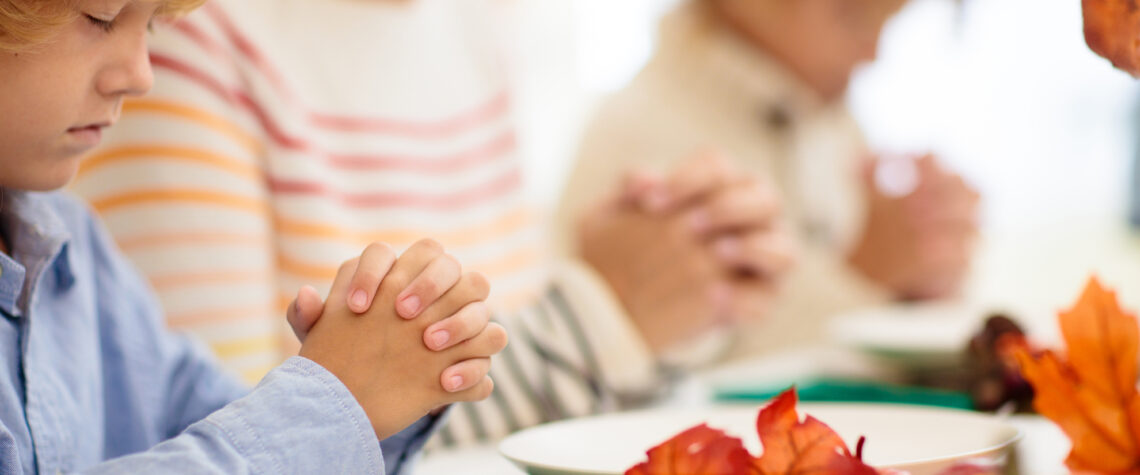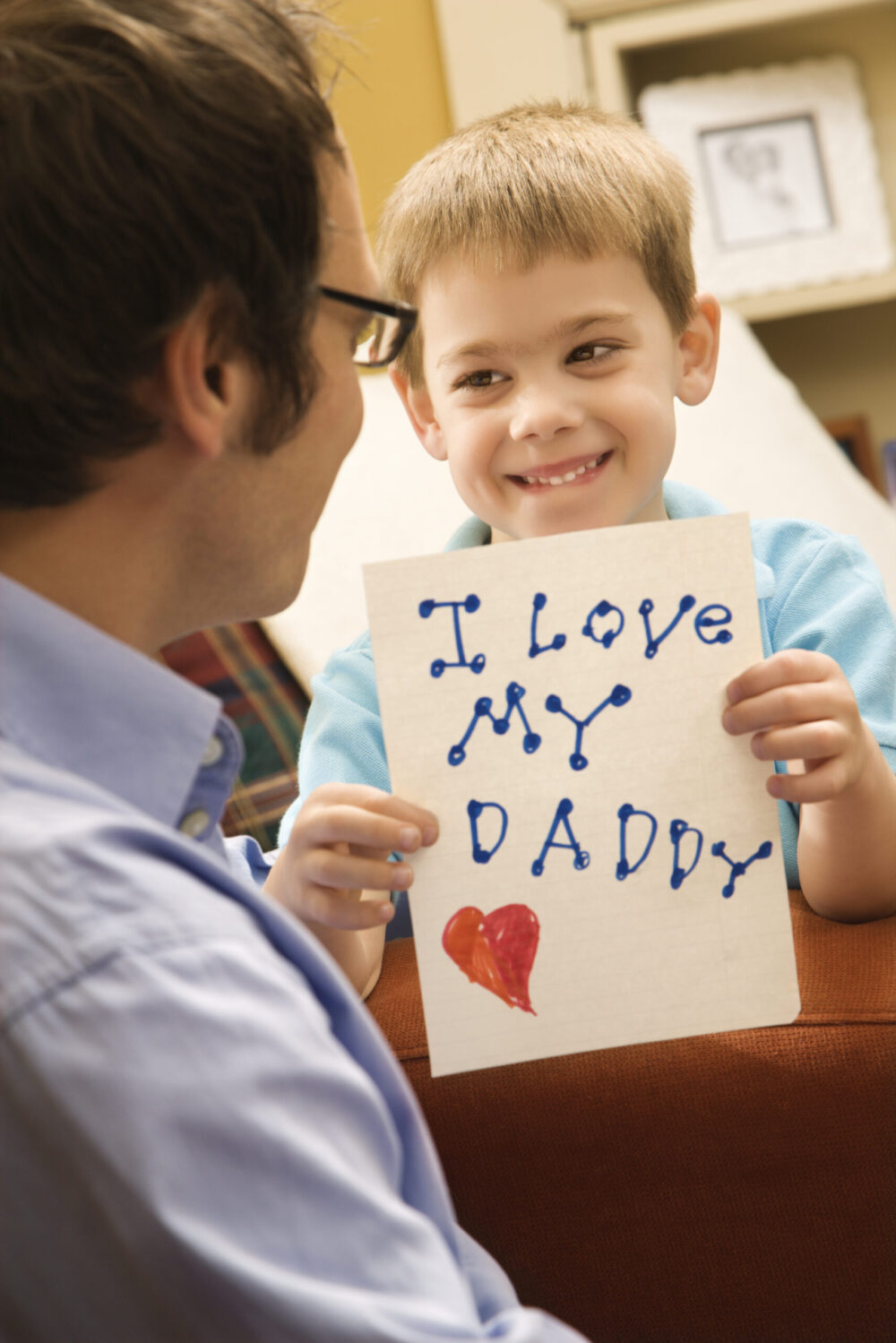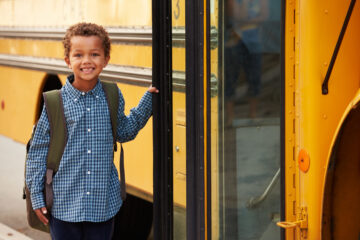Between Halloween and Christmas lies the peaceful and quiet Thanksgiving, pausing the holiday chaos for one day. By intentionally and actively giving thanks during this season, we can cultivate a habit of gratitude.
Model thanksgiving. Whether you receive flowers or weeds from your child, give thanks. Whether it’s a sunny day or rain ruins your outdoor plans, give thanks. When you have a flat tire in the grocery parking lot, give thanks. You’re showing your kids that giving thanks may not always look like what they think.
Create a thankful jar. Each day, have every family member add a picture, word, or sentence of one thing they are grateful for. Read all the papers on Thanksgiving Day or the end of the month. Consider keeping this habit throughout the year.
Volunteer at a homeless shelter. Make pumpkin bread, soup, or a pie and give it to a neighbor, slipping in a note thanking them for being good neighbors. Make blessing bags for the homeless, including packaged snacks, toiletries, gloves, and a water bottle. Adopt a charity or give to Samaritan’s Purse. Generosity always goes hand in hand with gratitude.
Encourage your child to write a letter to a teacher, pastor, or coach. After every soccer season or piano recital, thank those who helped. Don’t forget the crossing guard, the bus driver, or the janitor. So many people pour into your child’s life. Help your child to watch and observe others around you and find ways to serve them. Of course, let’s not forget to send thank you notes to grandparents for gifts received at Christmas. They love those pictures or handwritten notes (even with spelling errors).
Adapt thankful rituals into your family routines. Begin your day with thanksgiving. At the table, thank God for the food and pray for those who served or cooked it. Recall the day’s activities at bedtime and thank God for all the moments when He was present.
Replace grumbling with gratitude. Sometimes, we don’t feel grateful, or something seems unfair. In those cases, we have to choose to be thankful even when we don’t feel like it. Help your kids see that there is always something to be thankful for. Show them the abundance and blessings they do have.
Say to your kids, “I love you.” Let your kids know you’re grateful for them and value them not for what they do but for who they are. Tell them you’re glad God gave them to you.
Gratitude is like a muscle. Your family will need to exercise it. The more we do, the more it will seem genuine and natural, not just at Thanksgiving but throughout the year.
Sally Cressman is the author of “The Dance of Easter.” She writes about faith, family, and home on her website, www.sallycressman.com. She offers family conversation starters on Instagram and Facebook.













